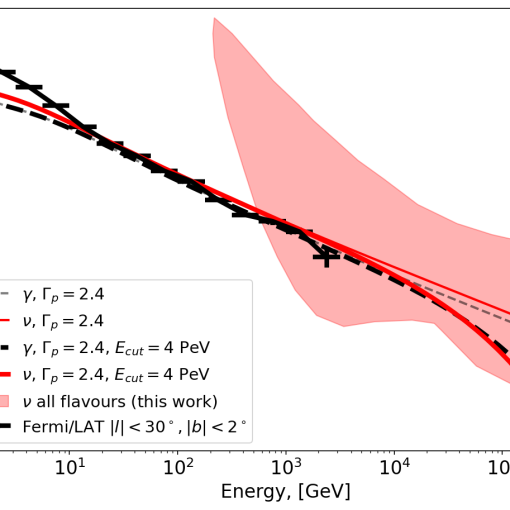The galactic ridge is a region of the inner galaxy coincident with the galactic plane of the Milky Way. Interactions of cosmic ray protons, atomic nuclei, and electrons in the interstellar medium in this region produce a flux of gamma-ray photons. If this gamma-ray emission is dominated by proton and nuclei interactions, a neutrino flux comparable to the gamma-ray flux is expected from the same region of the sky.
A hint of this signal has been recently found by ANTARES. ANTARES performs well in searches for neutrinos from the Galaxy because of its directional accuracy and its location in the Northern Hemisphere.
Today on June 29th, the IceCube collaboration has announced a highly-significant evidence for neutrinos coming from the galactic ridge using data collected with the IceCube neutrino telescope located at the South Pole. This discovery coupled to the ANTARES hint confirms the existence of this galactic signal and sets a new milestone in the development of astroparticle physics and multimessenger astronomy. The figure below shows the expected signal from the Galaxy for particular parameters of the model described in this paper.
Further progress will be possible with the ARCA and ORCA telescopes of the KM3NeT Collaboration, which will be able to observe the signal with a better angular resolution, bringing valuable information to the understanding of its origin.
See the IceCube webinar : https://icecube.wisc.edu/news/collaboration/2023/06/icecube-webinar-2/



